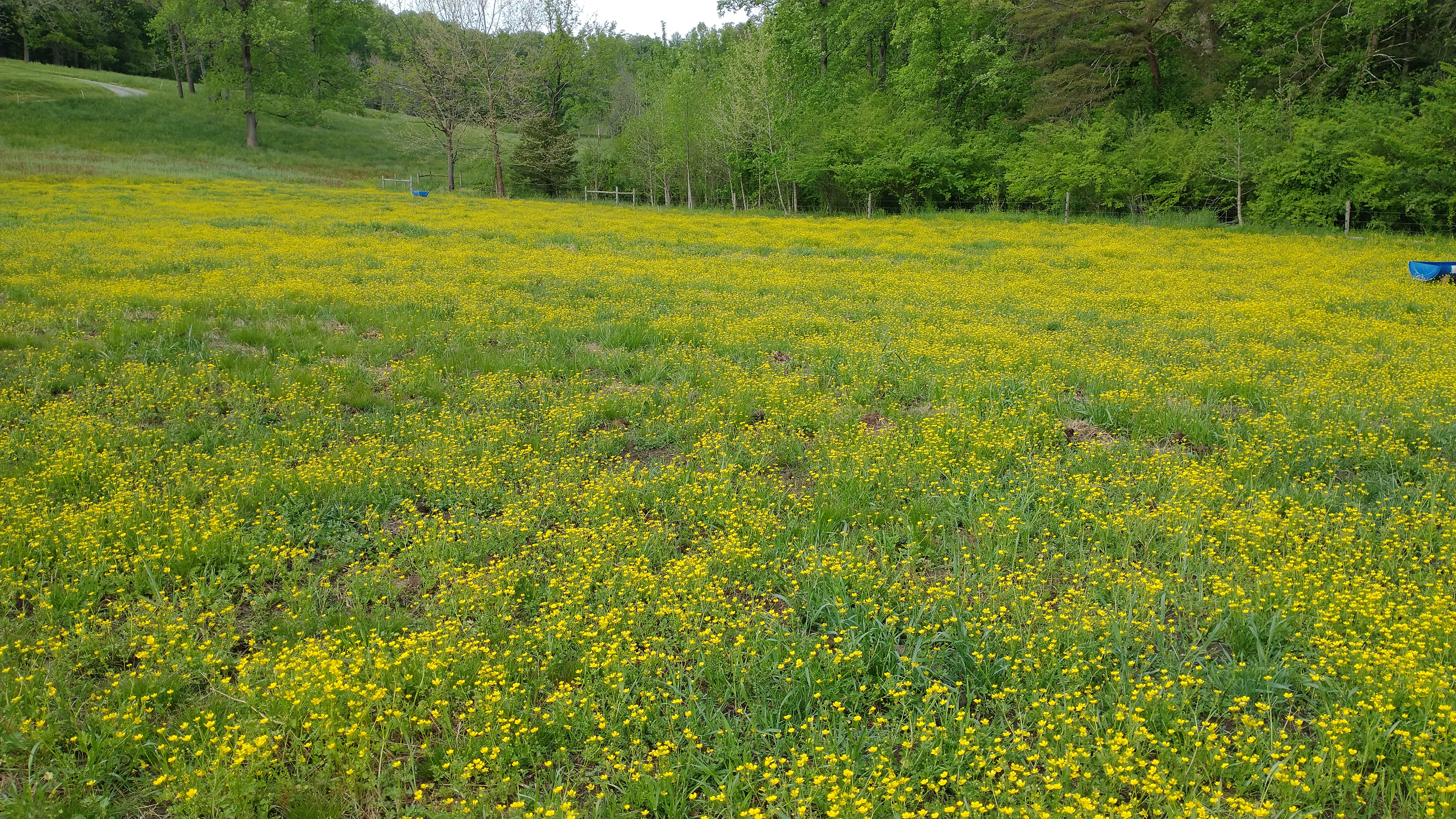Whats up, Buttercup?
go.ncsu.edu/readext?847444
en Español / em Português
El inglés es el idioma de control de esta página. En la medida en que haya algún conflicto entre la traducción al inglés y la traducción, el inglés prevalece.
Al hacer clic en el enlace de traducción se activa un servicio de traducción gratuito para convertir la página al español. Al igual que con cualquier traducción por Internet, la conversión no es sensible al contexto y puede que no traduzca el texto en su significado original. NC State Extension no garantiza la exactitud del texto traducido. Por favor, tenga en cuenta que algunas aplicaciones y/o servicios pueden no funcionar como se espera cuando se traducen.
Português
Inglês é o idioma de controle desta página. Na medida que haja algum conflito entre o texto original em Inglês e a tradução, o Inglês prevalece.
Ao clicar no link de tradução, um serviço gratuito de tradução será ativado para converter a página para o Português. Como em qualquer tradução pela internet, a conversão não é sensivel ao contexto e pode não ocorrer a tradução para o significado orginal. O serviço de Extensão da Carolina do Norte (NC State Extension) não garante a exatidão do texto traduzido. Por favor, observe que algumas funções ou serviços podem não funcionar como esperado após a tradução.
English
English is the controlling language of this page. To the extent there is any conflict between the English text and the translation, English controls.
Clicking on the translation link activates a free translation service to convert the page to Spanish. As with any Internet translation, the conversion is not context-sensitive and may not translate the text to its original meaning. NC State Extension does not guarantee the accuracy of the translated text. Please note that some applications and/or services may not function as expected when translated.
Collapse ▲This spring, some pastures in the county will turn a beautiful brilliant yellow from blooming buttercups. To the untrained eye, these yellow pastures look bucolic and picturesque. However, yellow pastures are a glowing sign of mismanagement. They are potentially dangerous to livestock, too.

Now is the time to control buttercups in pastures. Once pastures turn yellow herbicides are much less effective. (credit: Seth Nagy)
Cattle and horses will not willingly consume buttercups. If animals do not have another option, they will eat this toxic plant. When buttercup makes up a significant portion of the diet, it can cause blistering of the mouth and skin, swelling of the lips, and colic in horses. Cattle can also develop gastrointestinal irritation when grazing buttercup. If consumed in very large quantities, buttercup can cause convulsions and death in both horses and cattle. Buttercup’s toxins volatilize when dried, so it is much less toxic in hay.
Buttercups are winter annuals. Annuals grow from seed each year. Winter annuals sprout in the fall, grow in the winter, and flower in the spring. The flowers turn to seed before the plant dies in the heat of the summer.
When pastures are grazed short in the fall, it exposes the soil surface to sunlight. Exposing the soil surface to sunlight is essential for buttercup seed to germinate. If the soil surface is not exposed to sunlight, the buttercup seeds do not germinate. Ideally, there should always be enough forage to keep pasture soils covered. However, conditions are not always ideal. It seems there is either too much rain or not enough. Last fall, there was not enough rain for good pasture growth. As a result of little rain, many pastures were over grazed. These overgrazed pastures likely have an abundance of buttercups.
The good thing is it only takes a few moments to scout pastures for buttercup. Once you learn to recognize the unique leaf shape of this plant, it stands out almost as much as the bright yellow flowers.
I recommend treating pastures if there is one buttercup plant per square yard. The broadleaf weed killer 2,4-D Ester does a great job controlling buttercups before they bloom in January and February. 2,4-D Ester can be mixed with most liquid fertilizers or just applied with water. For best control, apply after daytime high has been 50° F or higher for two consecutive days. Adding a non-ionic surfactant, sometimes called soap, will also improve the herbicide’s effectiveness. Timing is key. Once buttercups begin to bloom, herbicides are much less effective.
An effective weed control program is essential for productive pastures. The old adage “an ounce of prevention is worth a pound of cure” is true for pastures. Proper soil pH and soil nutrition are important for healthy productive pastures. However, the most common problem with pastures in Caldwell County is overgrazing. Overgrazing leads to weed problems and greatly reduced pasture productivity. As Jeff Foxworthy would say, “ If you have yellow pastures . . . here’s your sign”.
# # #
— Seth Nagy is the Caldwell County Cooperative Extension director. The Caldwell County Cooperative Extension Center, 120 Hospital Ave. NE, #1 in Lenoir, provides access to resources of N.C. State University and N.C. A&T State University through educational programs and publications.




